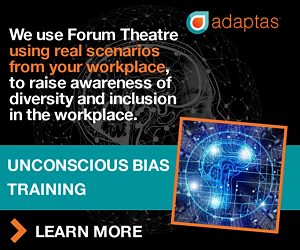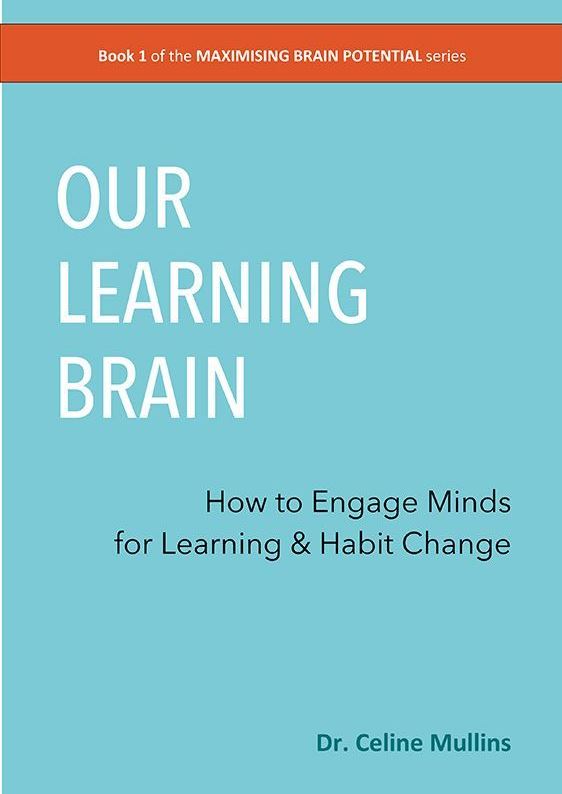Unconscious Bias Is Keeping Women Out of Senior Roles
But We Can Get Around It
Good luck getting a job if you don’t share the same characteristics as the person hiring you.
Most people would not consciously decide to hire candidates based on whether they remind them of themselves. But one unconscious bias – affinity bias – may lead people to favour candidates who are like themselves, research shows.
Affinity or similarity bias is where people seek out those who share their backgrounds, group membership, or experiences.
If hiring managers and boards of directors are made up of mostly men who unconsciously engage in such bias, it stands to reason that more men than women will continue to be hired and promoted – particularly men who share the same background with current managers. This only serves to perpetuate the cycle of men outnumbering women in leadership positions.
Gender targets, de-identifying CVs and structured interviews are but a few of the strategies that can help eliminate such bias in recruiting employees.
Affinity bias and gender equality in leadership
It is easier to take the perspective of someone who resembles your own demographic characteristics or past experiences than that of someone who has had a very different upbringing or set of experiences.
Imagine you are a doctor who worked tirelessly and at the expense of your social life to pay your own way through medical school. Now in a position to hire or promote a resident, you are likely to favour the candidates who also made their own way, and to justify your choice by saying the candidates were more qualified as evidenced by their work ethic.
In itself, the process described may not seem problematic. However, in many instances underrepresented groups may be unwittingly discriminated against in recruitment due to affinity bias.
Men hold the majority of chief executive and chair positions of Australia’s top-200 publicly listed companies. There’s also a lack of gender parity among key management personnel in mixed and male-dominated industries.
A 2015 study found there was greater gender parity on academic journal editorial boards when the chief editor was high-performing, a younger professional and a woman (that is, 26% women on boards as compared to 16% under lower-performing and older male editors).
These findings are very promising. They suggest that younger professionals may be more used to working closely with female colleagues than older generations are. This leads them to be more likely to bypass the affinity bias, or even to see the female candidate as part of their in-group – regardless of gender.
That more women who get selected for editorial boards when a woman is editor, the more reach leadership positions. This means women will increasingly be appointed to positions that may have once been impeded by the glass ceiling.
This brings up the question of whether boards will eventually become female-dominated as a function of affinity bias by female leaders. It is certainly a possibility, if structural procedures and diversity strategies are not present and enforced.
Increasing gender parity at the highest levels matters. It is a way to break the cycle and provide visible role models to motivate other women to take on leadership positions.
How to combat it
Numerous strategies can be followed to tackle discrimination against women, and members of minority groups, as a result of affinity bias. These include:
implementing gender targets and quotas to increase gender equality in leadership
increasing awareness, which can mitigate the effects of affinity bias and other unconscious biases, through training and prompts to serve as reminders before panels meet to make hiring decisions
de-identifying CVs, or removing all demographic information in applicants’ resumes or other forms of submissions
designing and enforcing the use of structured interviews, in which all applicants are asked the same set of interview questions.
Non-structured interviews are a hot spot for affinity bias. Candidates who are like their interviewers are asked to elaborate on tangential comments, increasing their chances of ingratiating themselves.
A lack of structure during an interview also means the interviewer can make their own personal interpretations of questions that are not even relevant to the job description. Therefore, having clear and standardised guidelines to record and interpret responses during an interview is crucial.
Several programs have been put in place around the world to reduce bias in recruitment. The office of the UK prime minister launched an initiative in 2015 to reduce bias through “name-blind” recruitment. Australia’s Department of Prime Minister and Cabinet has piloted a similar intervention.
The Victorian state government has partnered with academics, industry and not-for-profit organisations to create the Recruit Smarter initiative. This aims to develop and measure the outcomes of several strategies to increase diversity at the selection and recruitment stages.
The interventions are focused on both recruitment strategies – like de-gendering the language used in job ads to ensure they appeal to all candidates – and selection strategies, including de-identifying CVs to remove any unconscious bias in decision-making that may be susceptible to details about gender, ethnicity, or even postcode.
Fostering an inclusive and cohesive society depends heavily on providing opportunities and eliminating barriers for participation in employment and leadership to all – irrespective of their gender, disability status, age, sexual orientation, ethnicity, religious interests, political affiliation, socioeconomic status, or postcode.
There’s enough evidence of the positive impact of reducing bias in employment and the different mechanisms we can use toward this end. It ought to be acted on.![]()
Melissa A. Wheeler, Postdoctoral Research Fellow, University of Melbourne and Victor Sojo, Research Fellow, University of Melbourne
This article is republished from The Conversation under a Creative Commons license. Read the original article.
Recommended Reading
Our Learning Brain is the first in the MAXIMISING BRAIN POTENTIAL series. The MAXIMISING BRAIN POTENTIAL series is based on the most up-to-date scientific research of how our brain potential can be maximised for habit change, learning, productivity and health.
As a psychologist and coach working in organisations worldwide and with individuals, groups and teams, Dr. Celine Mullins – founder of Adaptas – noticed over the past 10 years that very few new discoveries from neuroscience are being integrated into education, learning and development or soft skills programmes. Scientists have made many exciting and ground-breaking discoveries on how the brain learns and changes throughout adulthood. However, much of this recent research from neuroscience, physiology, psychology and more is not being implemented into how we learn as adults. This ebook seeks to change that. It will:
- Help you to use your brain more effectively when learning new skills, by offering simple and practical tips.
- Support you in breaking old habits and creating new ones.
- Give you great insights into organisational learning and development-related topics that you can use in your organisation.
You can buy this excellent book via the following link:





New! Comments
Have your say about what you just read! Leave me a comment in the box below.